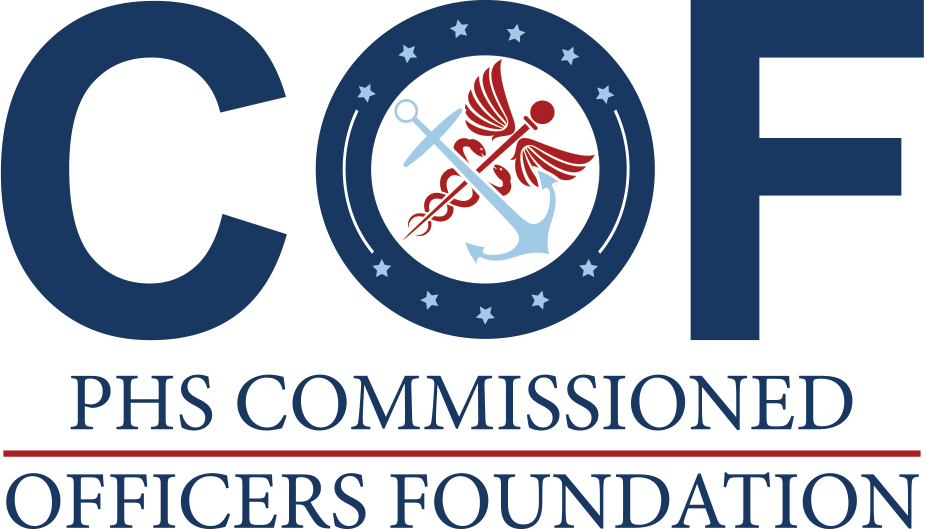By Rear Admiral Steve Solomon, MD, FACP, FIDSA, USPHS (ret.)
Numerous reports over many years have documented a lack of funding as a vulnerability that could lead to a public health crisis in the United States. As we hope that the COVID-19 pandemic has focused decision-makers’ attention on that need, we now also have to deal with two additional emergent problems that can hinder public health actions in the future.
The rising tone and volume of criticism about the way we convey public health messages, currently focused on CDC but encompassing all public health organizations, requires that we reexamine some basic assumptions about health communication. We’ve long relied on a variety of educational and behavioral change theories, often simplified as KAB—knowledge, attitude, and behavior—to guide us in outreach for public health interventions. We believed that providing accurate, evidence-based information from trusted sources would lead people to make good decisions about their own health.
We have learned, the hard way, that there is no agreement on what accurate information is. Anyone, and from anywhere, can promulgate the most egregious falsehoods and misinformation on social media and reach millions of people before the public affairs office of the health department has cleared the latest publication or press release. We’ve also found that we no longer have any consensus on who or what is a trusted source. A surprising number of people seem to have more faith in cable news presenters and their Facebook friends than in established public health authorities.
We have relied on the publication of peer-reviewed scientific papers to share knowledge with health professionals, along with thoughtful, lay language synopses of those papers to share information with the public. A kind of “future shock,” brought about by social media, cable news, prepublication release of research, and tsunamis of data and reports of varying reliability, has thrown our traditional communication methods into disarray.
Social marketing has been defined as “the application of commercial marketing technologies to the analysis, planning, execution, and evaluation of programs designed to influence the voluntary behavior of target audiences in order to improve their personal welfare and that of their society.” This approach was used with success, and sometimes with controversy, to reduce cigarette smoking and curb drunk driving. Targeted and aggressive messaging, including the use of graphic and sometimes disturbing images, and emotional testimonials from affected individuals, helped create social disapproval for behaviors that caused personal and societal harm. This social disapproval led to support for interventions such as higher taxes on tobacco, smoking bans, more stringent legal penalties for DUI, and other legislated actions that restricted negative behaviors and promoted positive behaviors.
Since those successes, opponents of public health actions have used marketing to limit or prevent implementation of things like sweetened beverage taxes and standards for advertising unhealthful foods to children. The rallying cry of individual choice and personal freedom has been particularly effective in blocking attempts to address the obesity crisis.
In public health we have sometimes been reluctant to fully embrace marketing as such, partly out of concern that it suggests manipulation and the sales of products and, partly perhaps, because it is the technique used by those whom we consider adversaries to the health and welfare of the public.
Right now, it is not just specific public health interventions that are under attack, but the fundamental basis of public health itself. Verbal and at times physically threatening attacks on public health officials and workers are continuing. Some of the foundational principles of public health—such as the commitment to protecting and improving population health through governmental action and intervention—are being called into question. The idea that there is a common good that may take precedence over individual opinions and prejudices no longer seems well-accepted. The most immediate and exigent example of this is the rejection of, and outright hostility toward, vaccination—listed by CDC in 1999 as the most impactful public health achievement of the 20th century—which has evolved from a fringe movement into the basis of an ideological crusade.
Using new communication and marketing techniques to change attitudes and promote healthy behaviors, responding rapidly and aggressively to disinformation and misinformation, and being completely transparent in what we know, don’t know, believe and fear may or may not work to make people healthier and help restore trust in public health. We won’t know until we try.
